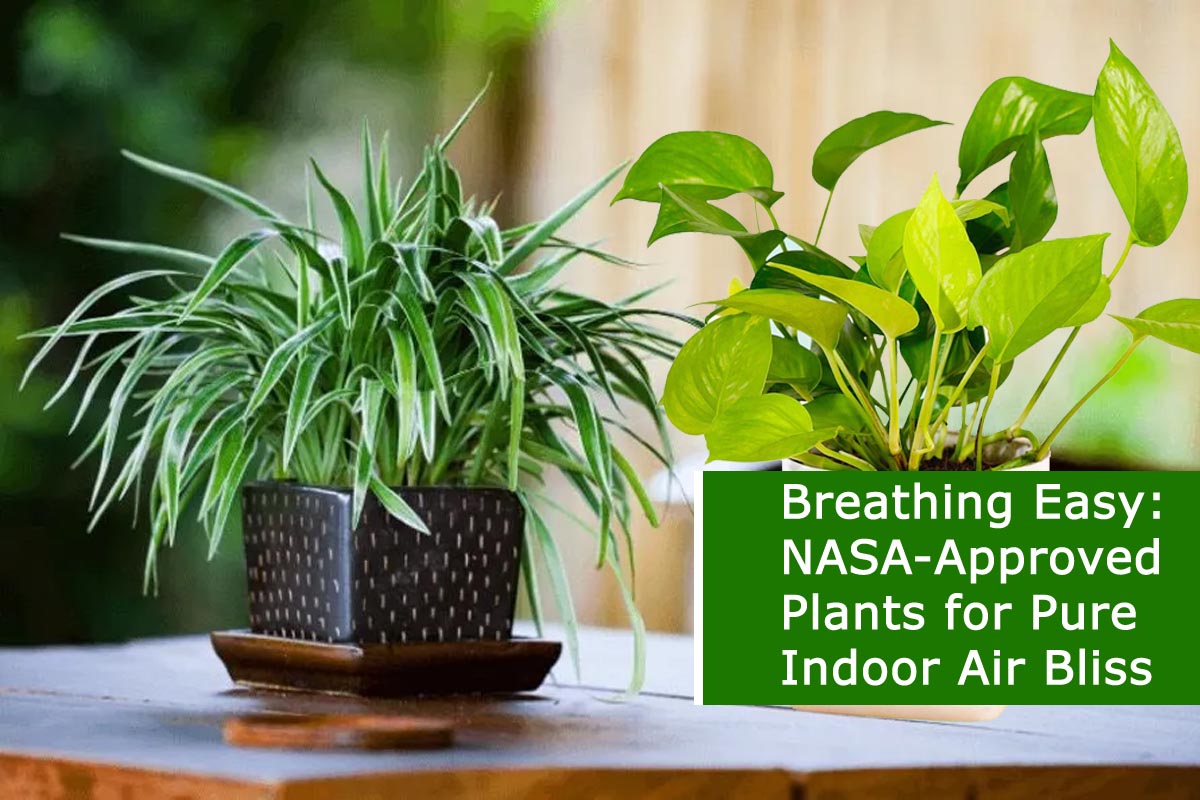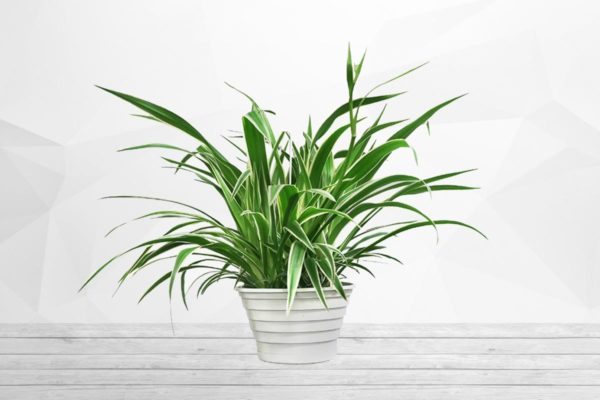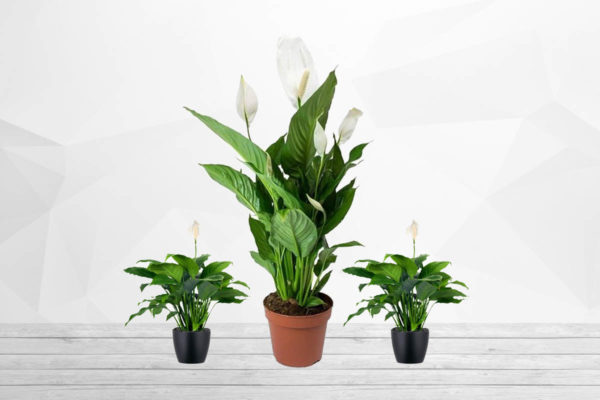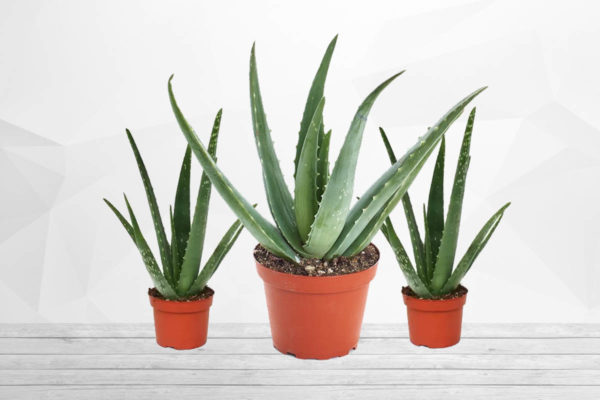Blogs
Also Read This : Discover the Top Oxygen-Boosting Indoor Plants for a Healthier Home
Regular Maintenance
Just like any living thing, these green guardians need care. Regular watering, proper sunlight exposure, and occasional pruning will keep them thriving and performing at their best.
Mix and Match
Combine different types of NASA-approved plants to maximize the range of pollutants they can filter. Each plant has its speciality, and a diverse collection will ensure comprehensive air purification.
Also Read This : Tips to Keep Your Lucky Bamboo Plant Thick and Lush









